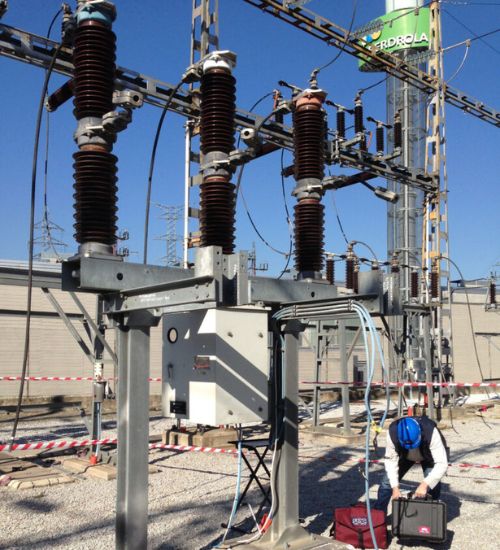Static and dynamic resistance testing is essential to evaluate the condition of switchgear contacts and the insulation resistance of electrical equipment. Our testing solutions use advanced measurement techniques to accurately assess the condition of your switchgear and help to identify any potential issues.
Static Resistance Measurement: This is defined as the resistance offered by a device when connected to a DC supply. It’s also known as the “contact resistance test”.

The importance of this test lies in its ability to determine the condition of the contacts within a circuit breaker or other electrical device. Poor contact condition can lead to increased resistance, which can cause excessive heat and potential failure of the device. A “contact resistance test set” is often used to perform these measurements.
Dynamic Resistance Measurement: This refers to the measurement of resistance during the operation of a device. Also known as the “arc contact test”, it’s particularly useful for assessing the performance of moving parts in a device, such as the contacts in a circuit breaker. A “dynamic resistance test set” is used for these measurements. This test provides valuable information about the entire contact status, particularly the arc contact and eroded parts.
Performing these tests in electrical substations is crucial for ensuring the safety and reliability of power distribution systems. They help detect potential issues early, allowing for preventative maintenance and avoiding costly system failures.
Questions? Doubts? No matter what it is, access the EuroSMC Academy technical documentation section and, unlock a world of knowledge!
In essence, regular testing of circuit breakers in MV and HV substations is a critical practice that guarantees safety, system reliability, regulatory compliance, efficient maintenance planning, and equipment longevity.
Join thousands of companies around the world using SMC for testing substations and protection relays, with more than 60 representatives and distributors worldwide.